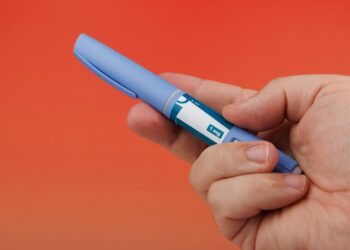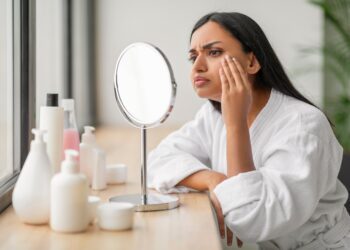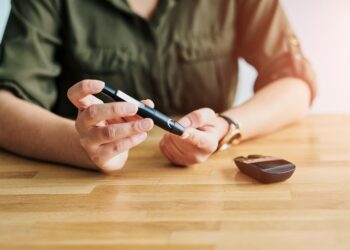A new report found that only one in four sunscreens actually protect you from the sun, but what should you look for and which ones work best?
The report from the Environmental Working Group analyzed more than 2,200 sunscreens out on the market, revealing only a quarter of sunscreens on store shelves meet the criteria for safety and protection against both UVA and UVB rays.
The report said that high SPF sunscreens, usually over 60 SPF, mislead customers and don’t provide any extra protection.
Here’s what to know:
What is SPF?
SPF stands for “Sun Protection Factor.”
According to the U.S. Food and Drug Administration, it is “a measure of how much solar energy (UV radiation) is required to produce sunburn on protected skin (i.e., in the presence of sunscreen) relative to the amount of solar energy required to produce sunburn on unprotected skin.”
“As the SPF value increases, sunburn protection increases,” the FDA states.
There are many factors at play when it comes to sun protection, however.
The intensity of solar energy, time of day, time spent in the sun, skin type, amount of sunscreen used and frequency of applied sunscreen are all examples.
For that reason, SPF does not correlate to the amount of time someone can spend in the sun with protection.
“SPF does not inform consumers about the time that can be spent in the sun without getting sunburn. Rather, SPF is a relative measure of the amount of sunburn protection provided by sunscreens,” the FDA reported.
Which SPF is best?
According to the EWG, only 10 percent of sunscreens reviewed in 2025 had SPF values higher than 50, double the number seen in 2005.
“High SPF sunscreens provide only slightly more UVB protection than lower SPF products,” the EWG wrote in its report. “When used correctly, SPF 50 blocks about 98 percent of UVB rays, while SPF 100 blocks approximately 99 percent. Sunscreens with SPF values between 30 and 50 offer sufficient protection for most consumers when properly applied.”
The FDA suggests anyone spending time in the sun use SPF values of 15 or higher.
Which sunscreens are best?
“Many sunscreens still fall short by offering misleading claims about protection, using outdated formulas, some even containing ingredients with potential health concerns,” the report states.
Spray sunscreens remain extremely popular, even though they pose inhalation risks and often provide uneven coverage. In an attempt to reduce the inhalation risk, the FDA proposed new test requirements in 2019. But they still haven’t been finalized.
Next time you’re shopping for sunscreen, the report encourages looking for mineral sunscreens, which are said to be safer for people and marine life.
The report also suggests using lotions and sticks over sprays and not to be fooled by sky high SPF claims.
Why are some sunscreens ineffective?
According to the report, FDA regulations around sunscreens haven’t been updated since 1999, which leaves U.S. consumers exposed to ineffective, misleading or unsafe options.
Sunscreen options from Europe and Asia are more advanced and protective, the report said, but can face import restrictions into the U.S.












